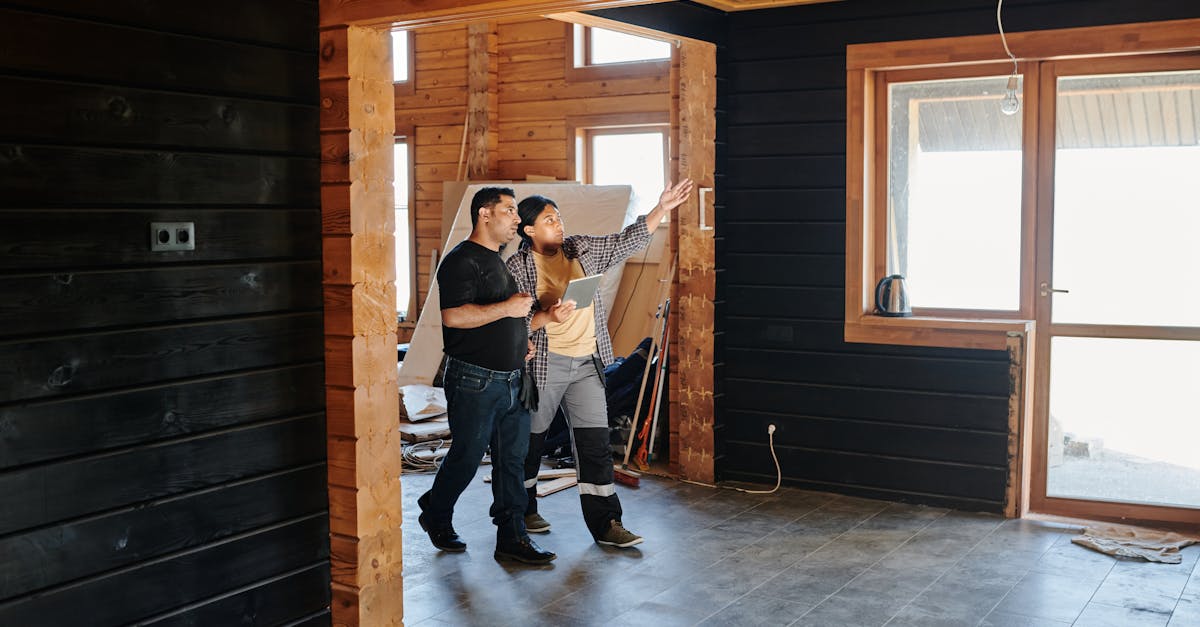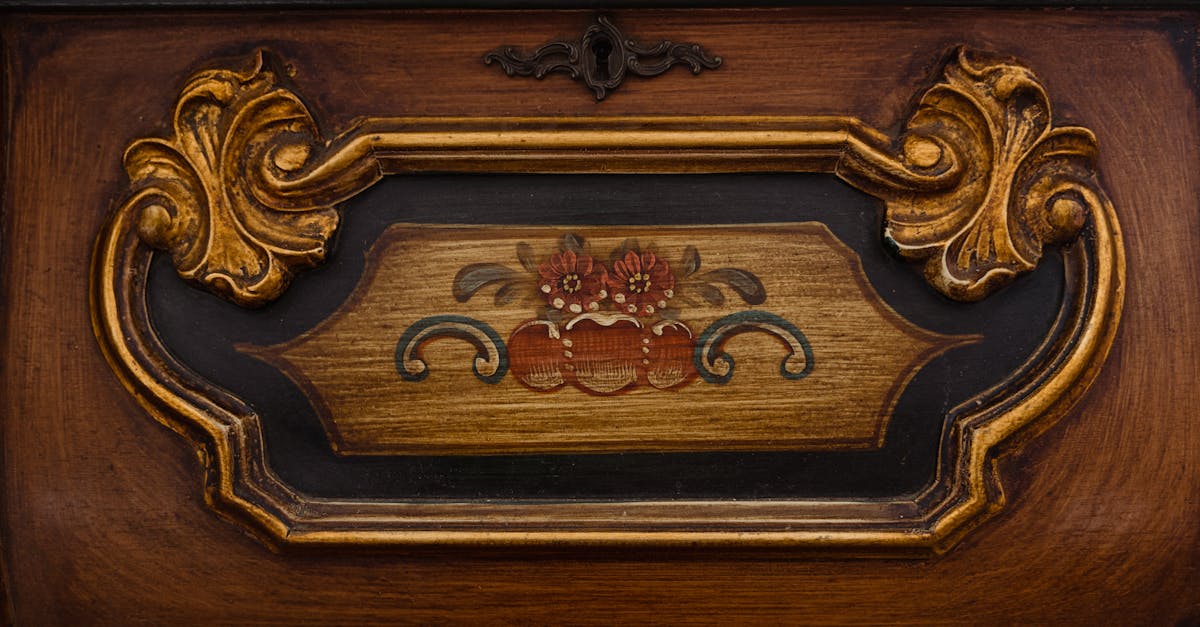Restoring Wooden Doors and Cabinets
Introduction
Restoring wooden doors and cabinets not only rejuvenates their appearance but also enhances the aesthetic appeal of any space. Over time, these wood elements can show signs of wear, including scratches, dents, and fading. Learning the art of restoration enables homeowners to save costs and prolong the life of their furniture.
Advertisement
Identifying Damage
Before beginning any restoration project, it's crucial to assess the extent of damage on your wooden doors and cabinets. Check for scratches, surface stains, cracks, or any structural issues. Being thorough in this assessment will guide you in choosing the right techniques and products to use in the restoration process.
Advertisement
Cleaning the Surface
Cleaning is the first step in the actual restoration process. Start by wiping your wooden surfaces with a mild soap solution and a soft cloth. This will remove grime and dust buildup. For tougher stains, you may need to employ specific wood-cleaning solutions, ensuring they're suitable for your wood type.

Photo By: Kaboompics.com/Pexels
Advertisement
Repairing Scratches and Dents
Minor scratches can often be remedied with a good polish or a restorative wood finish. For deeper dents, consider using wood fillers specifically designed for such imperfections. Gently sanding the surface afterwards can help to ensure a smooth finish, preparing the wood for further treatment.
Advertisement
Sanding and Smoothing
Sanding helps remove old finishes and smoothens out imperfections. Using fine-grit sandpaper, work along the grain of the wood to avoid damage. Ensure you wear protective equipment to safeguard against dust, and vacuum regularly to keep the workspace clean during this phase of restoration.
Advertisement
Choosing the Right Stain or Paint
Selecting a stain or paint involves considering the wood type and desired finish. Ensure your choice complements the existing decor. Test the stain or paint on a small area to confirm the color and finish. This step revitalizes the wood's appearance and safeguards it against future damage.
Advertisement
Applying a Protective Finish
A protective finish, such as varnish or polyurethane, shields the wood from environmental damage and daily wear. Apply evenly using a high-quality brush, allowing ample drying time between coats. The finish not only enhances the wood's natural beauty but also prolongs its lifespan.
Advertisement
Reattaching Hardware
Once your finish is dry, reattach any removed hardware like handles or hinges. Consider upgrading old hardware as part of your restoration to add a touch of modernity and functionality. Ensure screws and brackets are securely tightened to avoid future damages or inconveniences.
Advertisement
Regular Maintenance Tips
After restoring your wooden doors and cabinets, regular maintenance is key to preserving their beauty. Dust frequently, avoid excessive moisture, and apply polish occasionally. Employ these practices consistently to enjoy long-lasting results from your restoration efforts.
Advertisement
Conclusion
Restoring wooden doors and cabinets is a rewarding DIY project that significantly enhances your home's aesthetics. With careful assessment, cleaning, repair, and finishing, you can easily breathe new life into tired, old furniture. These restoration steps ensure your wooden pieces remain beautiful and durable for years.
Advertisement








